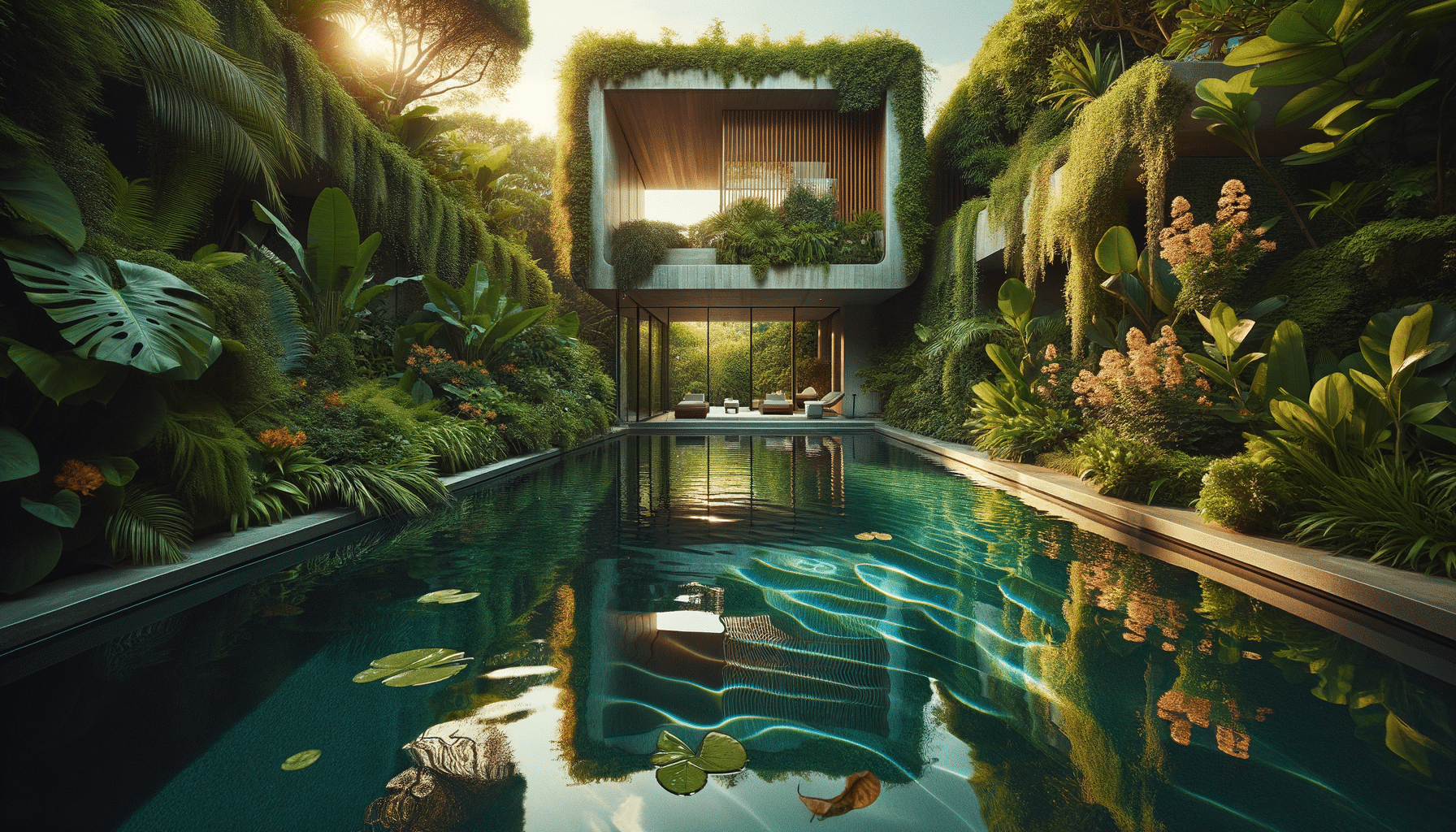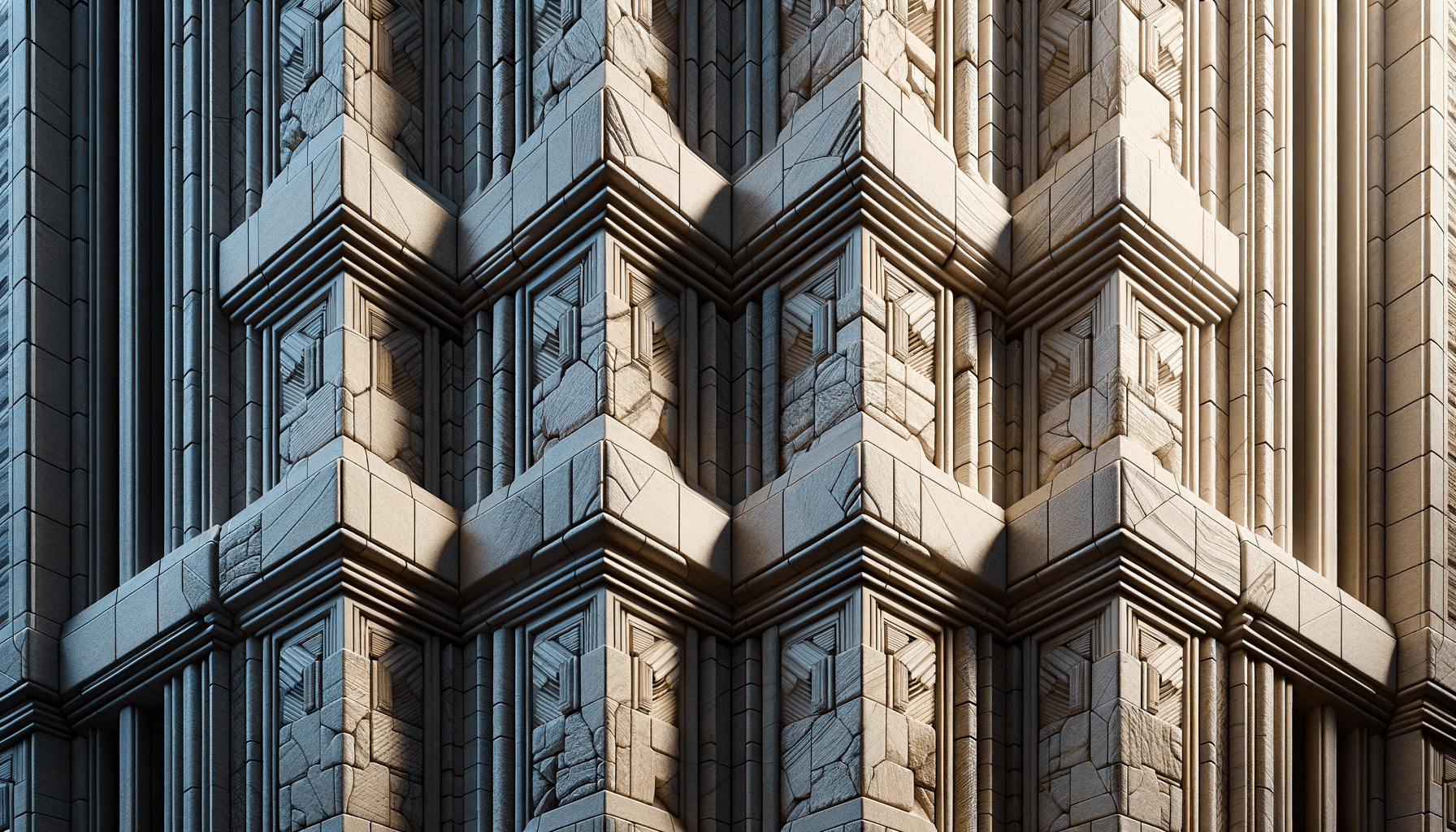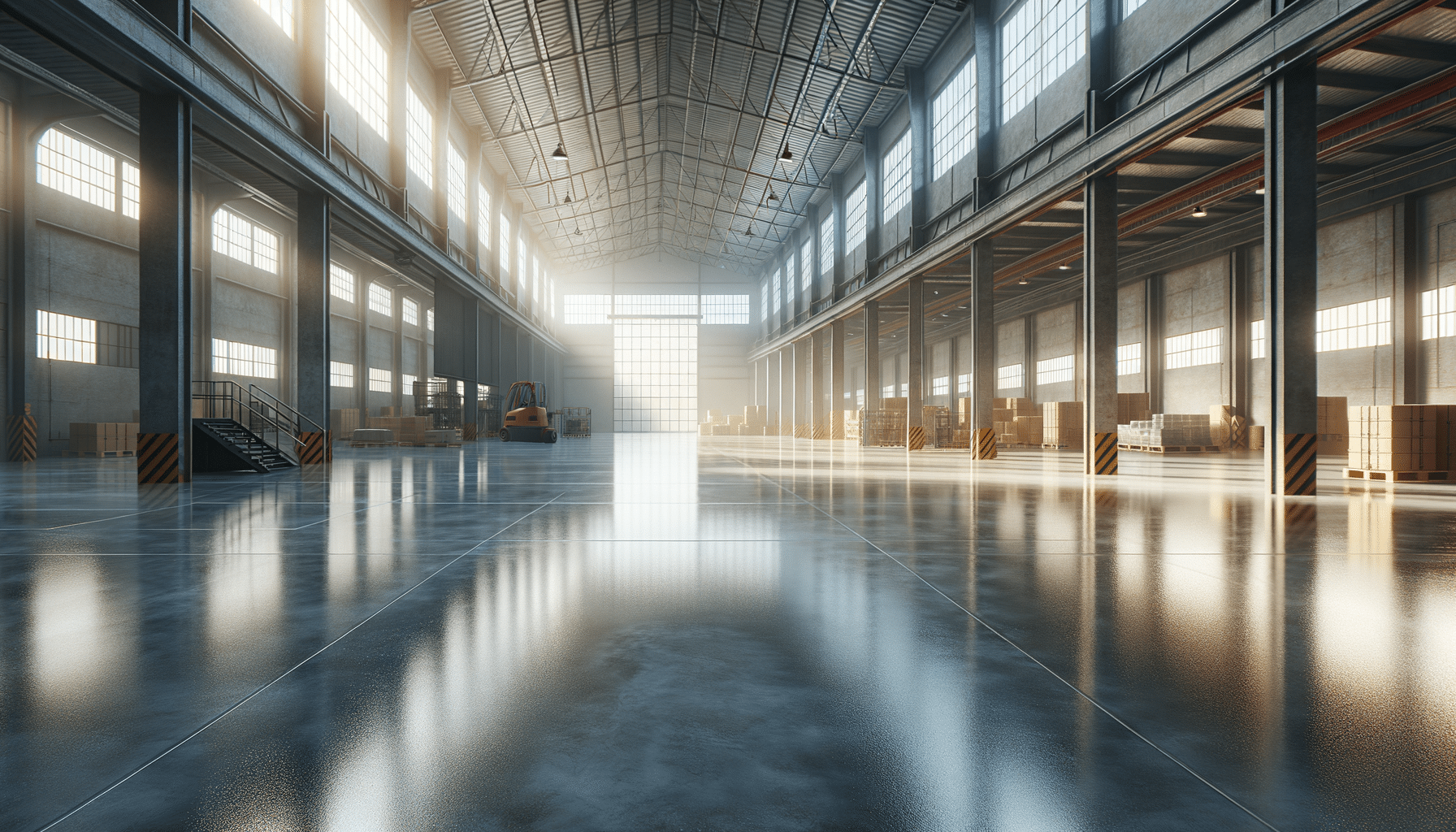
Exploring the World of Prefab Homes
Introduction to Prefab Homes
Prefab homes, short for prefabricated homes, are making waves in the real estate market. These homes are built off-site in sections and then transported to the final location for assembly. This innovative construction method offers numerous advantages over traditional building techniques. The growing interest in prefab homes is driven by their potential to provide efficient, affordable, and sustainable housing solutions.
The Process of Prefabrication
The construction of prefab homes involves several stages, each meticulously planned to ensure quality and efficiency. The process begins in a factory setting, where components are manufactured under controlled conditions. This environment allows for precision and reduces the impact of weather-related delays.
Once the sections are completed, they are transported to the building site. This transportation phase is crucial, as it requires careful handling to prevent damage. The final stage is the on-site assembly, where the prefab sections are put together to form a complete home. This process is significantly faster than traditional construction, often taking just a few weeks from start to finish.
Prefab homes come in various styles and sizes, offering flexibility to suit different needs and preferences. Whether it’s a compact urban dwelling or a spacious family home, prefab construction can accommodate diverse architectural designs.
Benefits of Prefab Homes
Prefab homes offer a range of benefits that make them an attractive option for many homebuyers. One of the most significant advantages is cost-effectiveness. The controlled factory environment minimizes waste and labor costs, resulting in more affordable housing options. Additionally, the rapid construction timeline reduces financing costs, making prefab homes a financially savvy choice.
Sustainability is another key benefit of prefab homes. The construction process generates less waste and often utilizes eco-friendly materials. Many prefab homes are designed to be energy-efficient, incorporating features such as solar panels and high-quality insulation.
Furthermore, prefab homes are known for their durability and quality. The factory setting allows for stringent quality control measures, ensuring that each component meets high standards. This results in homes that are not only aesthetically pleasing but also built to last.
Challenges and Considerations
While prefab homes offer numerous benefits, there are also challenges to consider. One of the primary concerns is transportation logistics. Moving large sections of a home requires careful planning and coordination, which can add to the overall cost and complexity of the project.
Another consideration is the availability of land. Prefab homes require a suitable site for assembly, and finding affordable land can be a challenge in some areas. Additionally, zoning regulations and building codes may vary, impacting the feasibility of prefab construction in certain regions.
Potential buyers should also consider customization options. While prefab homes offer flexibility, they may not provide the same level of personalization as traditional custom-built homes. It’s essential to work with a reputable prefab manufacturer to ensure that design preferences and quality standards are met.
The Future of Prefab Homes
The future of prefab homes looks promising as technology and innovation continue to drive advancements in the industry. With increasing demand for sustainable and affordable housing, prefab homes are well-positioned to play a significant role in meeting these needs.
Emerging technologies, such as 3D printing and advanced manufacturing techniques, are likely to enhance the capabilities of prefab construction. These innovations could lead to even greater efficiencies and more diverse design options, further expanding the appeal of prefab homes.
As awareness grows and misconceptions about prefab homes diminish, more people are expected to embrace this modern approach to homebuilding. The potential for prefab homes to address housing shortages and promote sustainable living makes them a compelling choice for the future.


